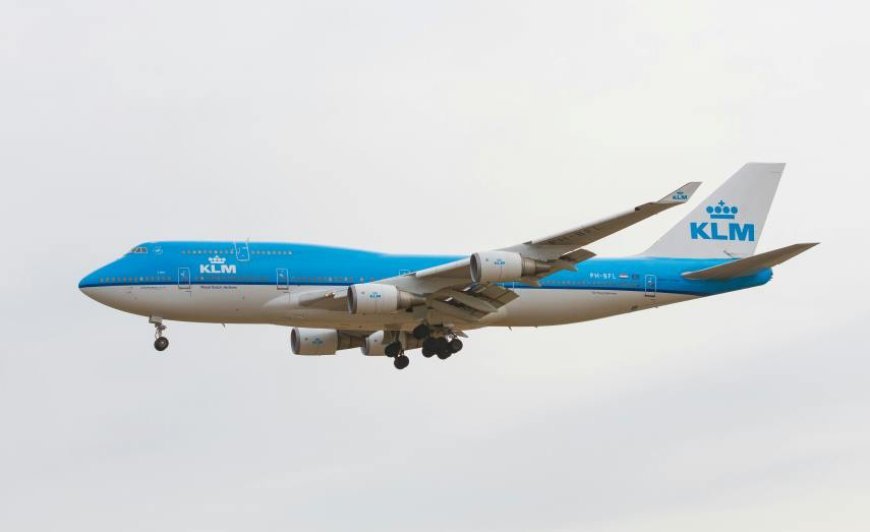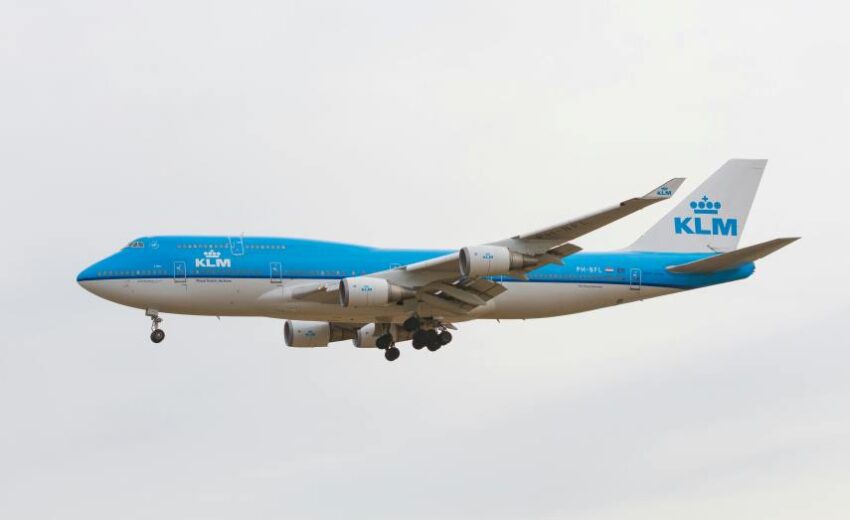In Flight Fire On KLM Flight From São Paulo: Quick Crew Action Prevents Disaster


KLM Flight KL792 had a dramatic incident, a passenger airplane fire due to a charger on standby. Passengers heading from São Paulo to Amsterdam were startled to find that due to a leakage from a portable charger, the entire airplane cabin was filled with smoke. The airplane was about four hours away from Amsterdam. The flight attendants were well-trained and managed to put out the fire, and thus the airplane was able to continue its journey without any further issues.
This event underscores the rising pose dangers that are caused due to the batteries used in cell phones as well as the phones themselves. It reminds us to be mindful of regulations concerning the safety of electronic devices during air travel.
The Fire Breaks Out: A Mid-Flight Scare
The passengers aboard KLM Flight KL792 were jolted awake roughly four hours before landing. The disturbance was described as waking up to some bit of unused fire being flames around Mid-Air, something that fundamentally does not seem possible. What is true is that the fire brought about due to inflight batteries, due to some form of wear and tear, is a known risk factor that is associated with flights.
The fire that was brought forth on the KLM flight caused the workwomen to swing into action by deploying emergency fire extinguishers. The current KLM flight attendants were proactive in seeking out a solution, in this case through the use of onboard fire extinguishers. The claim through the media that many passengers were distressed during the fire has some truth to it; however, what is more pertinent is the fact that the onboard fire doughnut workstations worked.
The in-flight attendants were fascinating, considering the whole Mid-Air fire issue, and reacted proactively to the problem. Passengers were able to recollect seeing the soldiers in the appropriate way, and the fire was explosively controlled, with none of the flaunt that is found in India. Passengers were able to appreciate the fact that the flight stayed in its lane and did not change its path, and instead proceeded to Amsterdam.
This demonstrates the importance flight attendants have in managing emergencies that occur onboard the aircraft. Dealing with smoke is undoubtedly frightening for passengers. It is, however, ultimately the crew’s professionalism and calm demeanor that controls the situation with utmost precision.
Passenger Reactions and Safety Measures
Though the crew members initially controlled the internal fire, the smoke that was released, the confusion that ensued, and the cabin’s temperature did inject anxiety into passengers. The fire’s initial screaming heat combined with the smoke released can, without doubt, lead to panic. On the positive side, calm was restored. Further, to the passengers’ relief, the flight was able to land in AMS without further disruption.
As for the passengers themselves, this reinforces the idea that the passengers themselves should abide by rules that include safety guidelines concerning lithium-ion batteries. These devices are prohibited from being checked in and are safer in cabin baggage. Because they are known to be fire hazards, they must be stowed away safely. This is the reason many airlines, including KLM, have implemented rules regarding batteries and power banks being transported in-flight.
Aviation Safety: Risks Involving Lithium Ion Batteries
Lithium-ion batteries can be dangerous if they are mishandled, overcharged, or damaged. This is a well-documented risk associated with portable battery chargers, which are usually carried by passengers. Unfortunately, the fires caused by these batteries, for example, the one on KLM Flight KL792, showcase the volatile fuel in the confined spaces of an aircraft cabin.
Aviation safety authorities and airlines have implemented stringent policies and laws when it comes to protecting passengers from the risks posed by lithium-ion batteries. Passengers are strongly advised to keep chargers and other battery-operated devices packed in their carry-on luggage for safe traveling. In addition, airlines, including KLM, must communicate proper handling instructions and cover protective measures to prevent untoward incidents.
KLM has been proactive in the incident by notifying the Dutch Safety Board and cooperating with the ongoing investigation. In adherence to accepted aviation practices, KLM coordinated with the proper agencies for incident documentation as well as for fire investigation. The good news is that the flight, along with others, was not injured and was able to complete the trip to Amsterdam as planned.
Caring for an airline’s trained professionals, an airline’s effective measures to maintain safety standards, and control-oriented emergencies to cover a broad spectrum reveal the significance of a fully prepared attendant crew. KLM’s efforts to maintain the safety of passengers in case of an emergency ensure that passengers’ trust remains intact with the airline’s management for dealing with other measures of a sudden emergency.
Another Example: KLM Flight KL877
The KLM Flight KL877, kasama Koper, supports the fire emergency KLM is dealing with, along with other public concerns. KLM’s emphasis on passengers’ safety is well noted, but their concern for fire safety is a more pressing issue. On the 17th of May 2025, KLM flight 877, a Boeing 777-300ER, was in the air, the same is on the airline’s fleet, and they were emitting fire safety concerns.
The Flight KL877 crew was able to stop the climb, burn fuel, and return to Amsterdam, where the emergency teams were on standby. The cause of the engine fire is still being investigated; however, both incidents reinforce the need for preparedness and for responsively managing a crisis onboard. Moreover, KLM has publicly stated that its focus remains on passenger safety and that the airline is understanding the mechanics of both events.
Conclusion
The fire hazard from in-flight portable chargers and power bank chargers, as highlighted in the KLM Flight KL792’s fire incident, is one of many risks that the airline industry has to grapple with. The quick response of the crew and the use of onboard extinguishers meant that the safety and security of passengers were quickly restored.
The fire incident also highlights the need for passengers to comply with aviation safety and regulations/standards around the use of electronic devices like lithium batteries. KLM Airlines may be a subject of investigation over the cause of the fire; however, their rapid response to the incident reinforces their operational reputation in the safeguarding of passengers against any safety and security threats.
(Source: KLM, Dutch Safety Board, Amsterdam Schiphol Airport)
The post In Flight Fire On KLM Flight From São Paulo: Quick Crew Action Prevents Disaster appeared first on Travel And Tour World.






